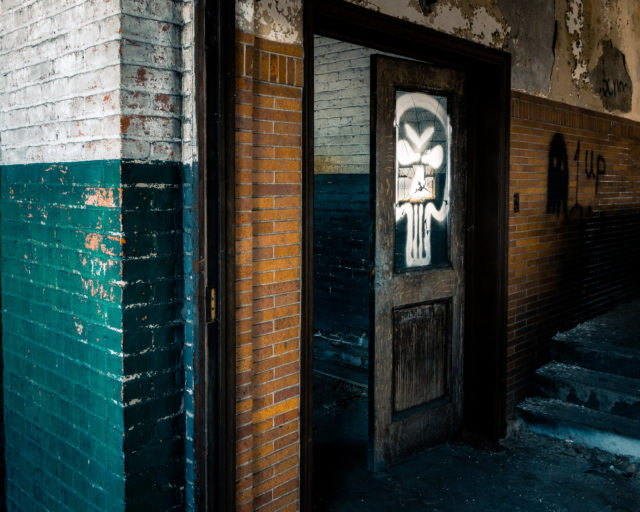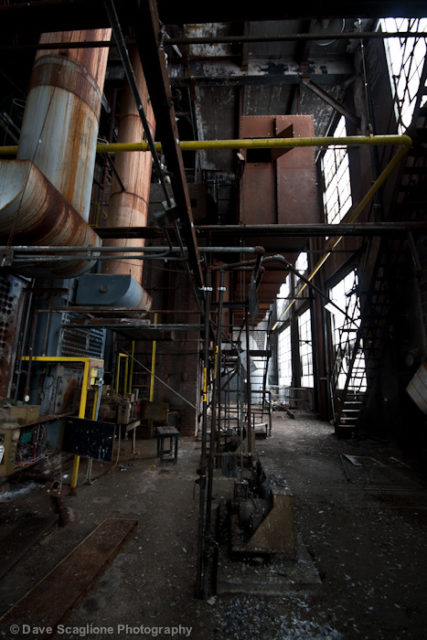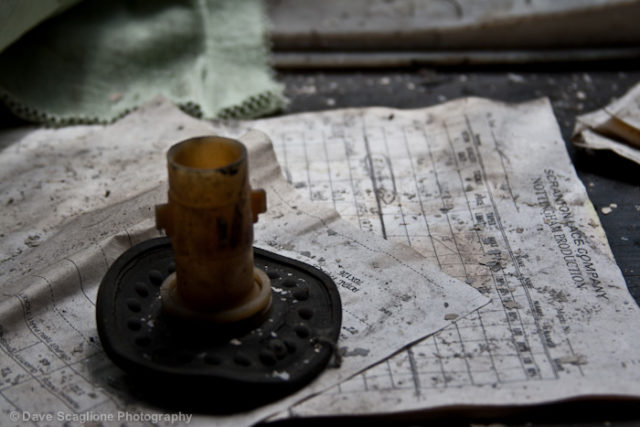One of the first fabric manufacturers in the United States was the Scranton Lace Company. As well as producing lace, this company also manufactured a variety of fabric items, including tablecloths, napkins, shower curtains, and yarn.
The Trade Council of Scranton, PA, founded the Scranton Lace Curtain Manufacturing Company in 1890, but only managed to register it on June 15, 1897.
When the Company combined with one of its subsidiaries in 1916, the name was changed to the Scranton Lace Company to reflect its broader remit.
Since 1916, the company consistently remained one of the largest fabric manufacturers in the United States.

The factory was originally designed with facilities for employees. Since there were about 1,400 workers, this was no small undertaking.
The site accommodated its own gym, hairdresser, bowling, theater, and infirmary. There was also a clock tower, which became a tourist attraction.
During the Second World War, the company became involved in the production of parachutes, camouflage nets, and tarps for the Allies. It worked with subsidiaries Victory Parachutes Inc and Sweeney Bros to provide such products.
In the 1950s, the company began to flourish and develop even more. However, subsequent investments made by the owners ended up affecting the financial condition of the company. Some investments, such as those involving Hal Roach Studios and the fledgling television industry, turned out to be too risky.
As well as risky investments, the textile factory was also faced with being unable to keep up with technological progress.
The company that had once offered employment to 1,400 people began to face declining employee numbers. Eventually, they were down to just 50 workers. The turnover was reduced to 6 million US dollars, and the factory was forced to close in 2002.
Since the closure, the factory remained vacant until 2006. At that point, the Lace Building Affiliates (which included renowned local developer Donald Rinaldi) acquired this abandoned property.

The Affiliate group has set itself the goal of turning this place into an urban village with townhouses. However, the necessary cleaning process was not able to start until 2016, as it turned out that the site was located in a flood zone.
The risk of flooding was reduced after the dam along the Lackawanna River was built.
In 2012, the plant was included in the National Register of Historic Places. The reconstruction project continued over the years.
In 2016, the city provided the site with a 10-year tax rebate on construction taking place on the former plant.
Demolition of all the buildings was necessary since some of the buildings are not only in disrepair but also pose a security risk.
Demolition plans were discussed with city police and fire departments to ensure all care was taken during the process.

On June 28, 2018, the demolition began. Many locals congregated at the former plant to watch it happen.
Some were sad to see this historic place pulled down and had come to say goodbye. Many had stories of working there themselves, or their parents being employees, and some just described how it had been part of their childhood.
However, despite such nostalgia, all the residents seemed happy to see the buildings go, as they felt the old factory had become an eyesore. They believed it was far better to have new townhouses and business enterprises on the site.
At the beginning of 2019, most of the buildings had been demolished. The clocktower, which had become such a public icon, was carefully preserved.
Moving forward, plans for this site include the construction of about 118 townhouses, 31 of which will be located across the street but still within the site of the former factory.
Some of the structures that remain will be converted into residential buildings comprising 68 apartments, and about 31,000 square feet of space will be allocated to business enterprises. Big thank you to Thomas for his great images and you can see more here on his Flickr Page










Another Article From Us: Amazing Images of The Pearl of Żeliszów

